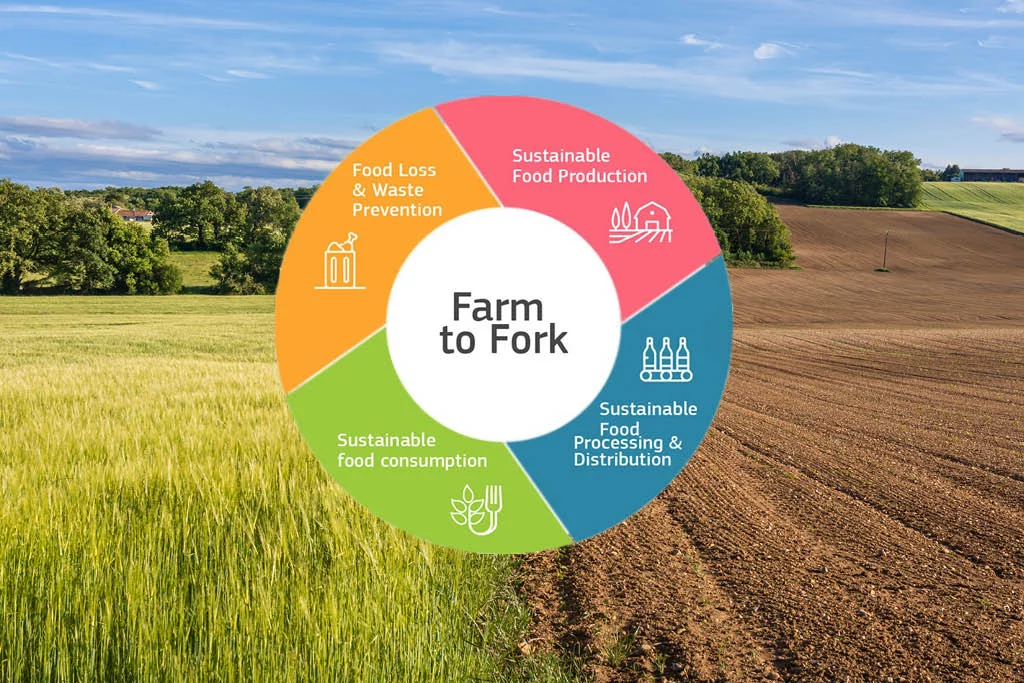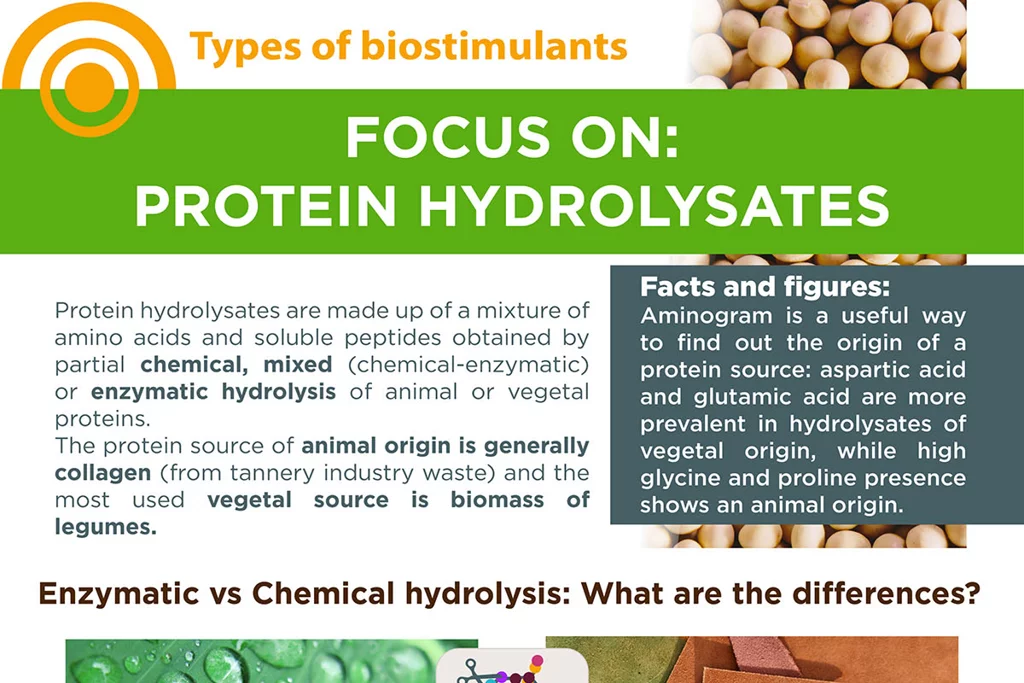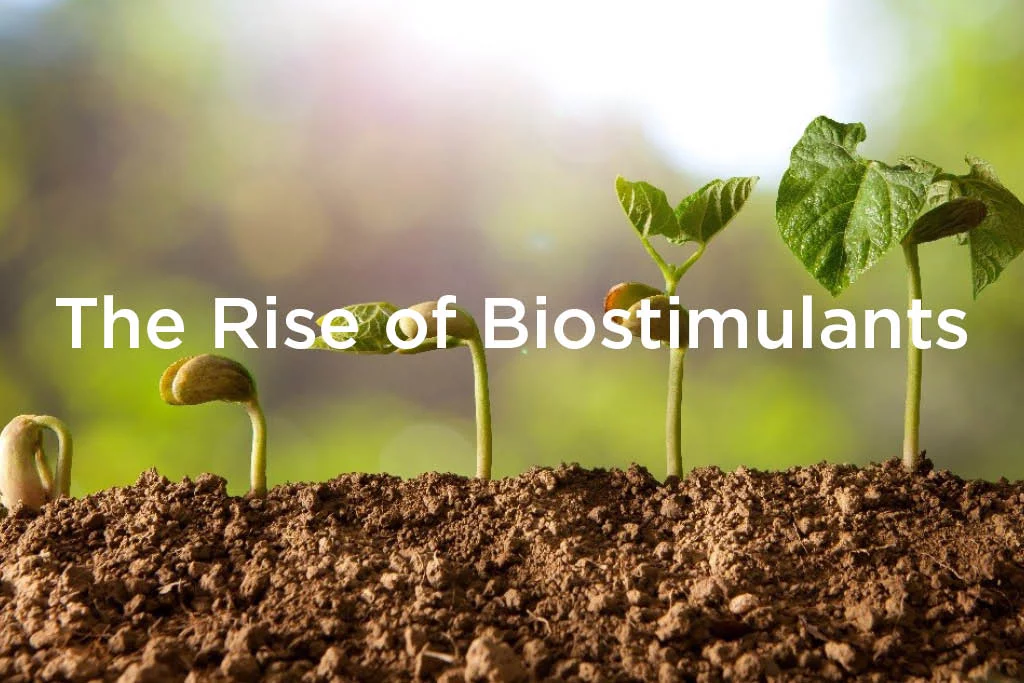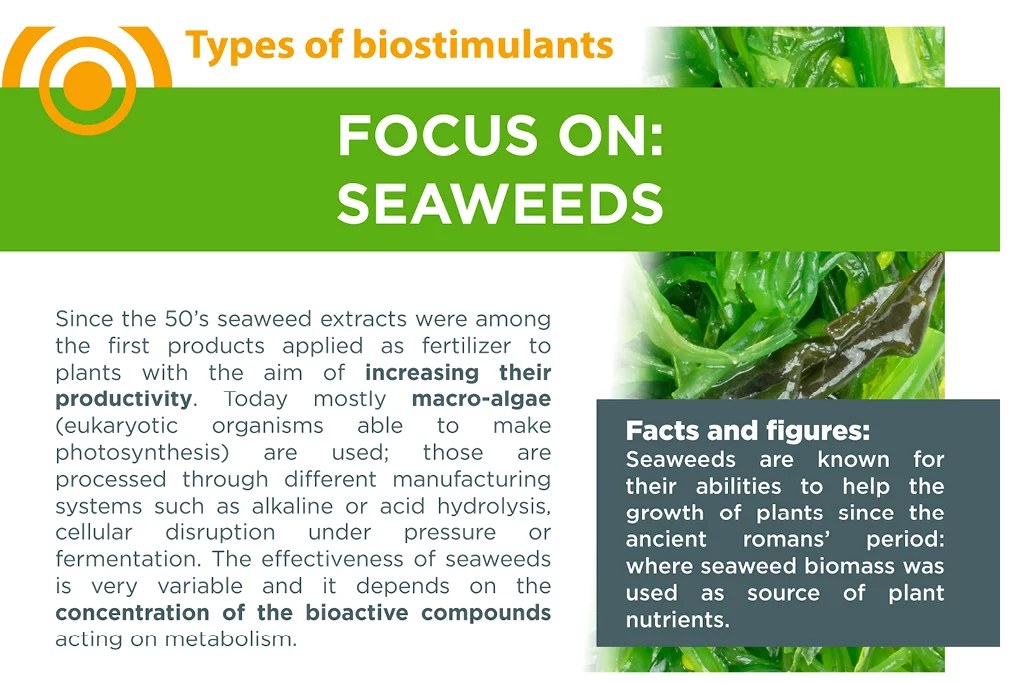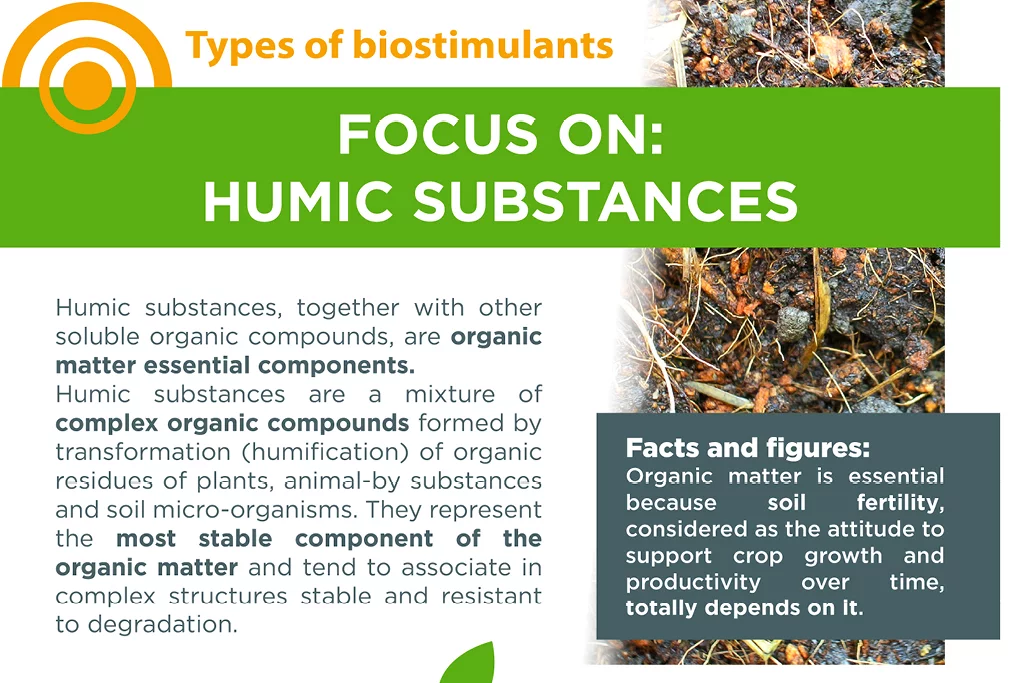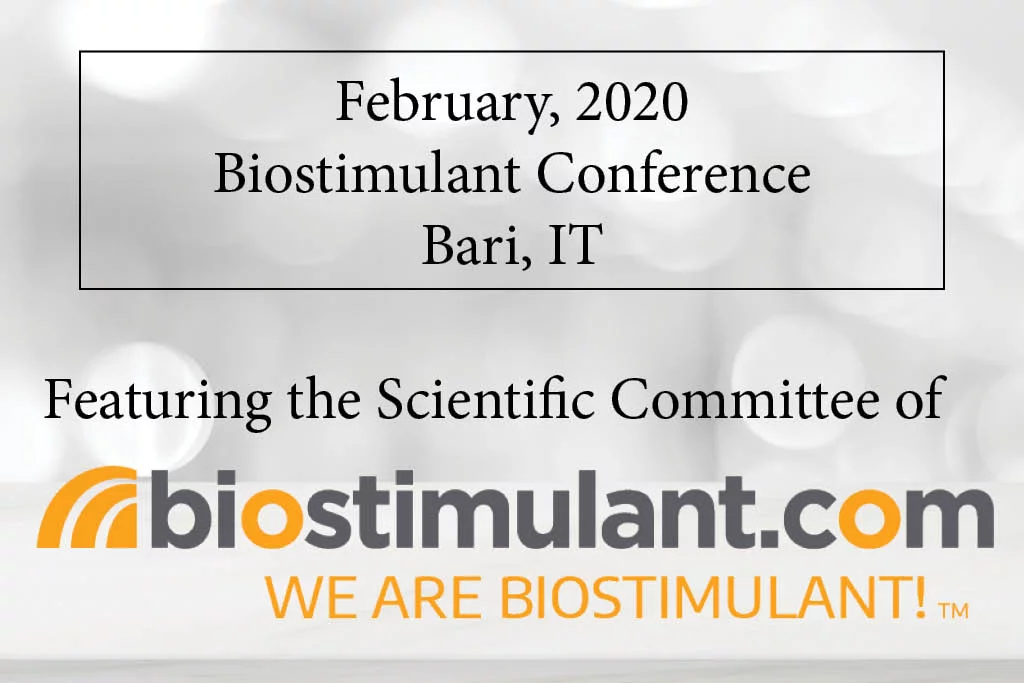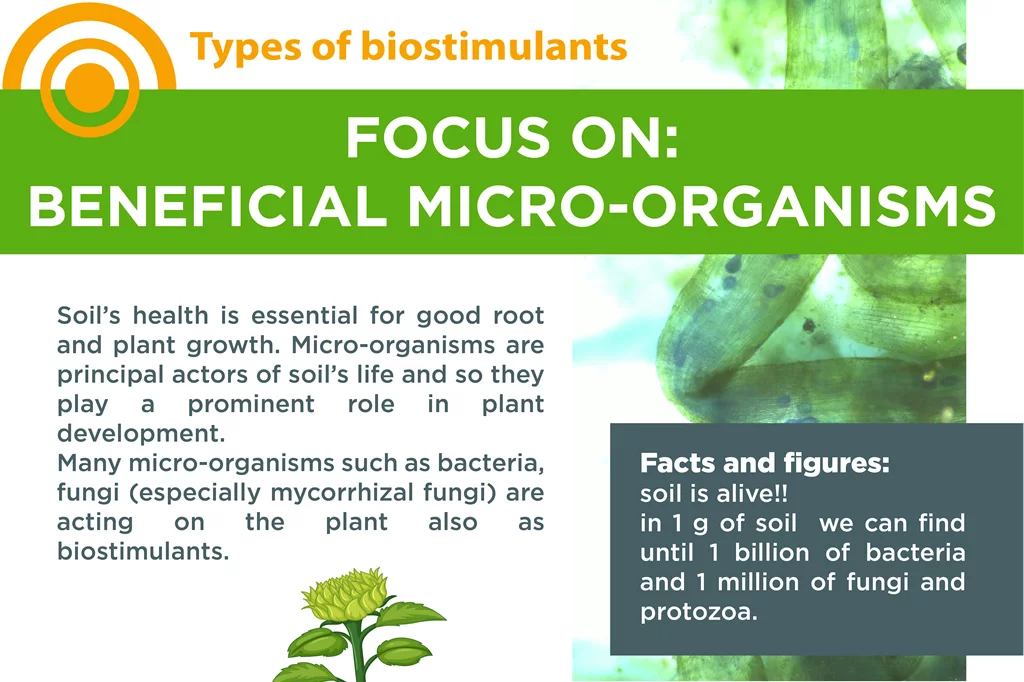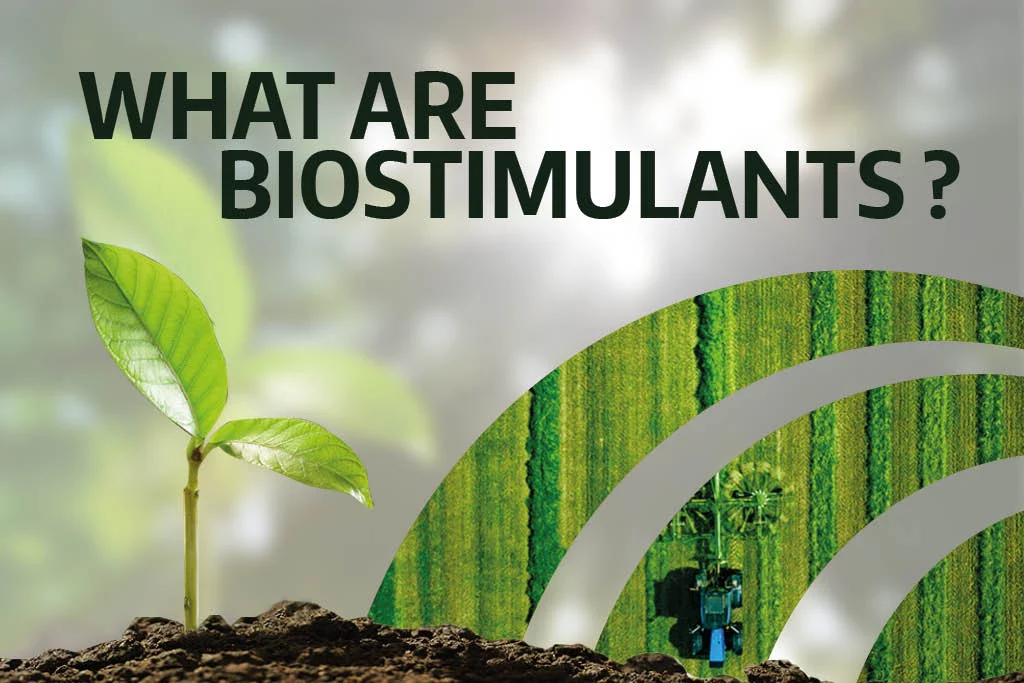BLOG #44
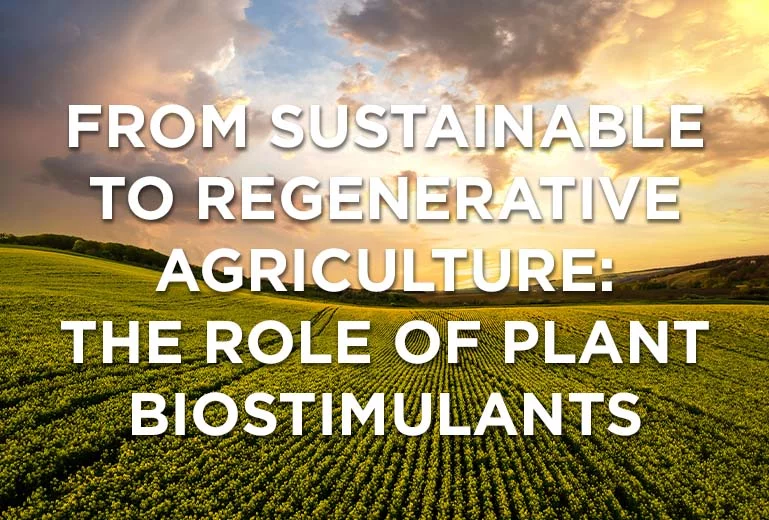
Regenerative Agriculture: Beyond Sustainability
Sustainable agricultural (SA) practices were introduced as an integral part of crop production system to achieve a long-term goal of satisfying the human need of food, fiber, and fuel, providing economic stability to the farms, and improving environmental quality for holistic strengthening of socio-economic status of the farming community. The concept of sustainable agriculture came out as a necessary approach to combat the adverse effects of climate change on agriculture and as a way to bolster food security for the increasing global population, without harming the environment.
Instead, Regenerative agriculture (RA) is a relatively new term that does not have a rigid definition rather it is a farming concept that is built upon the idea that “no-size-fits-all” and is a system-specific, holistic approach. RA practices are similar to that of SA, but the tools and techniques are fine tuned for specific agroecosystem and is soil-based rather than seed based.
In general, it includes approaches that regenerate soil, reduce the use of synthetic plant protection products and fertilizers, and have a positive impact on the environment.
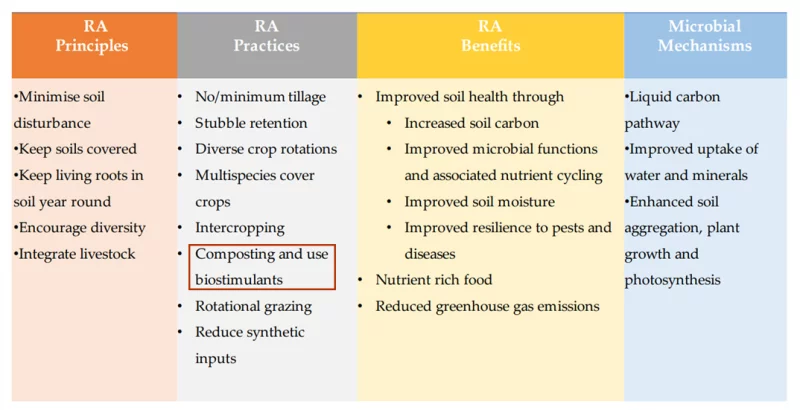
Figure 1- RA (Regenerative Agriculture) principles, practices, benefits and mechanisms to improve soil health (Khangura et al. 2023)
The major emphasis is given to improving nutrient cycling through soil by improving soil organic matter (SOM) status and creating a positive carbon (C) budget using soil as a C sink in the terrestrial C pool assuring enhanced soil functions and minimal exploitation of natural resources. The term “regenerative” is different from the term “sustainable” in its essence. While SA is aimed at maintaining a desired or improved level of ecosystem functions, RA aims at regenerating, renewing and further improving the soil functions and ecosystem capabilities in an ever-improving process. In fact, we should not seek to simply maintain something that is degraded when we have the ability to improve it.
Potential benefits of RA for soil health
The Intergovernmental Technical Panel on Soils (ITPS) defined soil health as “the ability of the soil to sustain the productivity, diversity, and environmental services of terrestrial ecosystems”. The health of soil is attributed to its desirable physical (texture, water holding capacity), chemical (pH, soil organic matter (SOM), and biological (microbial diversity, N mineralization, and soil respiration) properties that support healthy productive crops.
The potential benefits of RA for soil health are:
- Increased soil carbon, through several practices like minimum/no tillage, cover crops, stubble retention, crop rotation and organic fertilization.
- Increased soil biodiversity and microbial function. Soil biodiversity, which covers a wide range of living organisms, including microbes and meso-, macro-, and megafauna, plays an important role in ecosystem functioning. The soil microbiota is essential for organic matter breakdown, nutrient cycling, and soil fertilization. Soil microbes are also essential for the growth of a healthy soil structure. Soils with higher microbial diversity are more resistant and resilient to disturbances than soils with lower microbial diversity.
The role of plant biostimulants
Fertilisers are used in almost all cropping systems to meet the nutrient demands of growing plants. There is increasing concern that excessive fertiliser use is contributing to soil degradation, soil and water pollution, and GHG emissions. Global research efforts are currently focused on developing microbial and non-microbial-based solutions that can help to reduce synthetic fertilizers and plant protection products. Due to growing concerns about the health effects of farm chemicals, the use of biostimulants in agriculture has gained traction in recent years. Furthermore, consumer demand for clean, safe, and nutrient-dense food is increasing. Plant biostimulants are thought to be environmentally friendly and innovative alternatives to chemicals/inorganic fertilizers for increasing crop production by modifying physiological processes such as nutrient use efficiency and tolerance to abiotic stresses.
How do plant biostimulants positively affect soil health and thus contribute to the RA transition?
- Microbial Biostimulants contain microorganisms like arbuscular mycorrhizal fungi (AMF – Rhizoglomus irregulare, Funneliformis mossae), rhizosphere bacteria (Plant growth promoting rhizobacteria – PGPR), Trichoderma spp. can:
-
- directly increase the biodiversity of soils, releasing microorganisms into the soil.
- Microbial biomass and necromass contributes significantly to soil stable organic carbon (SOC)
- increase nutrient availability for plants, increase nutrient use efficiency optimizing the quantity of nutrients applied with fertilizers and avoiding their overuse.
Example of Nitrogen: Nitrogen-fixing bacteria transform atmospheric nitrogen into fixed nitrogen (inorganic compounds usable by plants). They can be symbiotic and have specificity with host plants. They infect roots to produce nodules like Rhizobia with legume plants. Or they can be non-symbiotic: free-living (non-specific) bacteria such as Azospirillum, Azotobacter, Pseudomonas and Bacillus can fix significant quantities of nitrogen (from 0 to 60 kg N/ha/year).
Example of Phosphorus: Despite P being abundant, P deficiency is common in soils all over the world due to the low concentration of readily available P in the form of orthophosphate. Plant–microorganism interactions enhance the uptake of available P or access to previously unavailable P sources in P-deficient conditions. AMF, as well as a variety of bacteria and fungi, can solubilize insoluble mineral phosphate complexes. Mycorrhizal fungi have been shown to be responsible for up to 75% of plant P acquisition on an annual basis. Several bacterial genera, including Pseudomonas, Burkholderia, Bacillus, Rhizobia, and Micrococcus, have the capacity to solubilize inorganic P. Many soil fungi, such as Penicillium, Trichoderma, and Aspergillus, can solubilize insoluble phosphates or help plants acquire P and are thus used in commercial formulations.
Besides, AMF increase root absorption area. In fact, the extraradical mycelium extends into the soil much further than the root system of the plant, thus increasing the absorption capacity of important mineral nutrients, such as phosphorus, nitrogen, potassium, calcium, copper, zinc.
2. Some Non microbial biostimulants:
-
- stimulate the activity of soil microflora and increases bacterial diversity and richness;
- increase nutrient bioavailability in the soil and stimulate rhizogenesis of plants increasing root absorption and nutrient assimilation processes;
- reduced intake of pollutants and chemical substances in the soil. For example, selected vegetal peptides can be used as Green technology and solutions made of 100% biodegradable materials to supply micronutrients.
- increase nutrient use efficiency, optimizing the quantity of nutrients applied with fertilizers. Improving fertilizer use efficiency is important to meet rising global needs for food, to address a decreasing supply of important nutrients such as P, and to limit environmental risks caused by excessive fertilizer use.
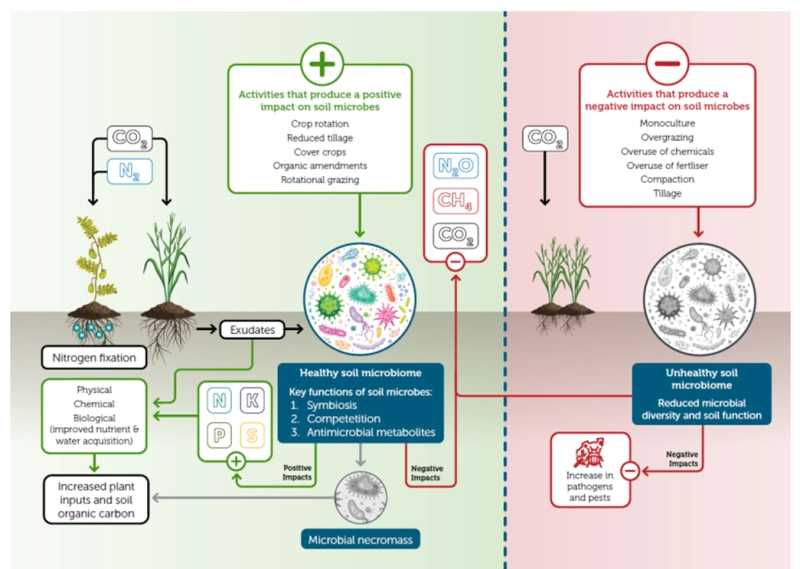
Figure 2 – Positive and negative practices impacting soil health (Khangura et al. 2023)
RA is gaining traction in response to the challenges posed by climate change and rising input costs. The adoption of climate smart agricultural approaches, including RA, is proposed to reduce the impact of extreme weather events and combat GHG emissions. RA is not a completely new farming system; rather, it incorporates features from established sustainable agricultural systems with the primary goal of restoring soil health to revitalize degraded land and bring environmental, economic, and social benefits to a broader community. Furthermore, the system could help in carbon sequestration if the recommended management techniques are followed.
The use of microbial and non-microbial biostimulants is among RA practices thanks to the benefits it can bring to soil health, increasing biodiversity, the activity of microflora, the availability and efficiency of use of nutrients, contributing to reduce the need for chemical inputs such as synthetic fertilizers.
- Khangura R., Ferris D., Wagg C., Bowyer J., 2023. Regenerative Agriculture – A Literature Review on the Practices and Mechanisms Used to Improve Soil Health – Sustainability, https://www.mdpi.com/2071-1050/15/3/2338
- Schreefel L., Schulte R.P.O. , de Boer I.J.M. , Pas Schrijver A., van Zanten H.H.E., 2020 – Regenerative agriculture – the soil is the base, https://www.sciencedirect.com/science/article/pii/S2211912420300584?via%3Dihub
- Sanyal D. and Wolthuizen J., 2021 – Regenerative Agriculture: Beyond Sustainability – International Journal on Agriculture Research and Environmental Sciences (IJARES), https://skeenapublishers.com/journals/ijares/fulltext-ijares-02-00007-php/


